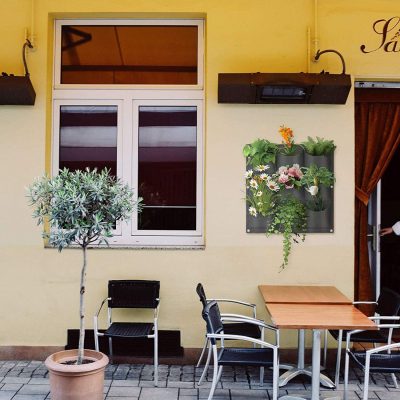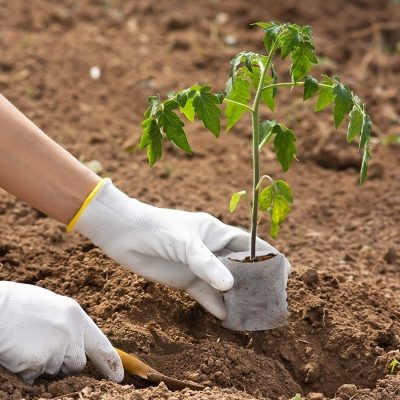When choosing the size and shape of non-woven grow bags, consider the specific needs of your plants and the available space in your gardening area. Here’s a comparison of different sizes and shapes to help you make an informed decision:
- Size: Non-woven grow bags come in various sizes, ranging from small to large. The size you choose depends on the type of plant you intend to grow and its mature size. Here are some general guidelines:
- Small Size (1-3 gallons): Suitable for growing herbs, small flowers, or compact vegetables with shallow root systems.
- Medium Size (5-10 gallons): Ideal for most vegetables, such as tomatoes, peppers, and leafy greens.
- Large Size (15+ gallons): Recommended for larger plants like fruit trees, shrubs, or plants that require extensive root space.
Consider the potential growth and spread of the plant’s root system when selecting the size. Providing enough space for root development is essential for plant health and vigor.
- Shape: Non-woven grow bags are available in various shapes, including round, square, rectangular, and even vertical/hanging options. The shape you choose depends on your available space and the type of plants you’re growing. Here are some considerations:
- Round Bags: Round bags are versatile and efficient in terms of space utilization. They are suitable for most plants and allow for good root development.
- Square or Rectangular Bags: Square or rectangular bags are ideal for optimizing space utilization in confined areas or when arranging multiple bags together. They can fit snugly against walls or in tight corners.
- Vertical or Hanging Bags: Vertical or hanging grow bags are designed to maximize space vertically. They are useful for growing trailing or vining plants, such as strawberries or certain herbs, in small spaces.
Consider the available space and the layout of your garden or growing area when selecting the shape of the grow bags. Optimize the use of space while ensuring adequate room for root growth.
- Consideration for Multiple Plants: If you plan to grow multiple plants in a single grow bag, ensure that you select a larger size to accommodate the combined root systems. Pay attention to plant compatibility and spacing requirements to avoid overcrowding and competition for resources.
- Portability: If you prefer to move your plants around or rearrange your garden frequently, consider smaller or medium-sized grow bags that are easier to handle and transport. Larger grow bags may be more challenging to move when fully planted.
Ultimately, the size and shape of the non-woven grow bags should align with the specific needs of your plants, the available space, and your gardening preferences. Consider factors such as plant size, root development, space utilization, and portability when making your selection.








